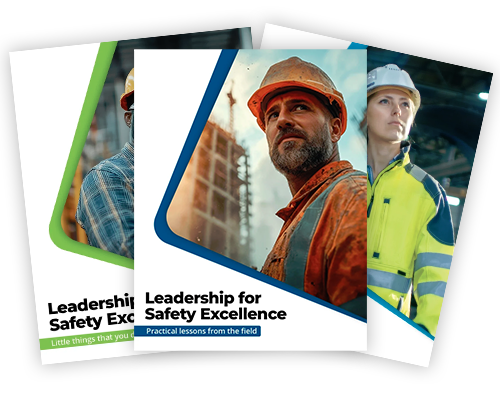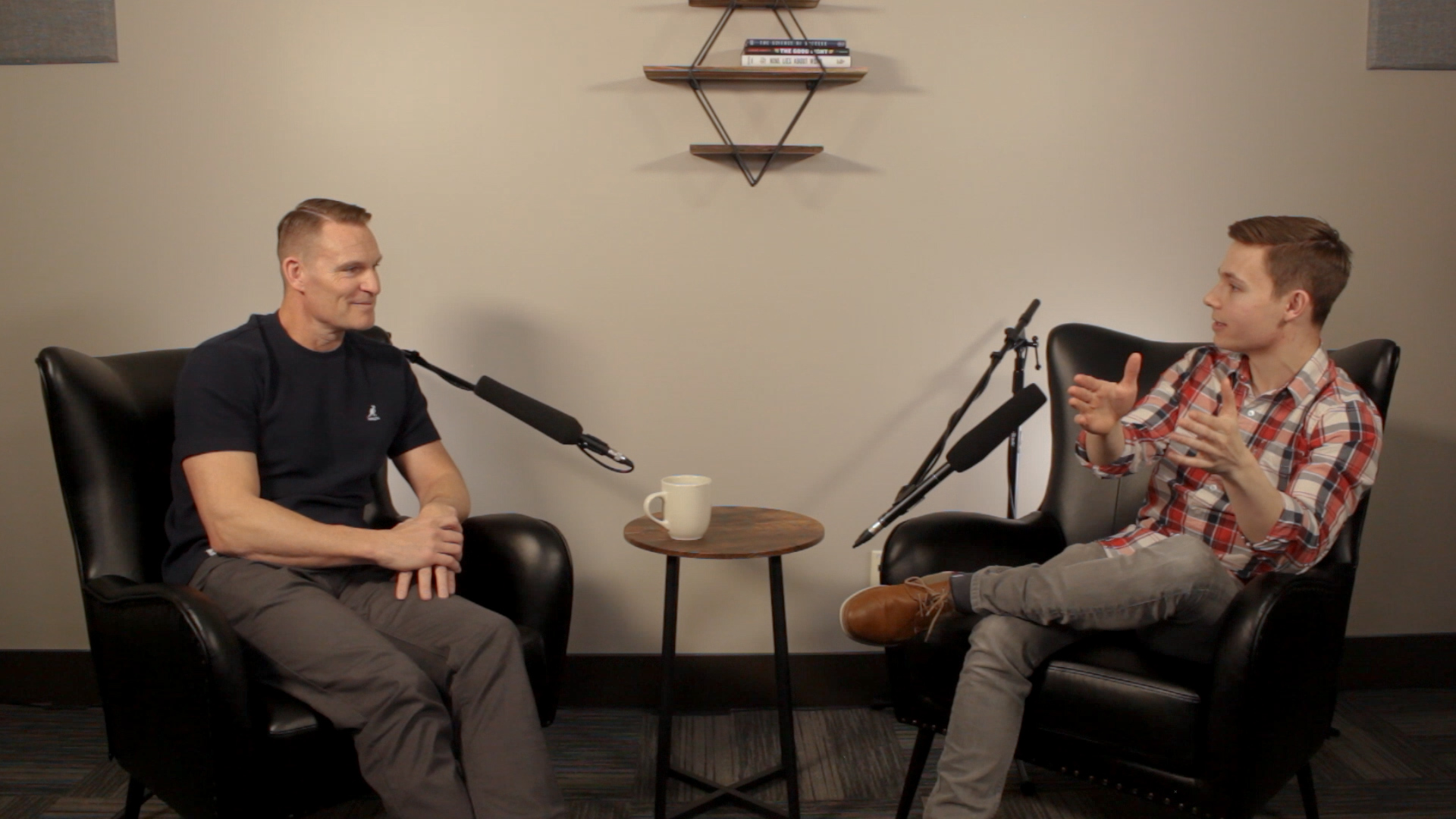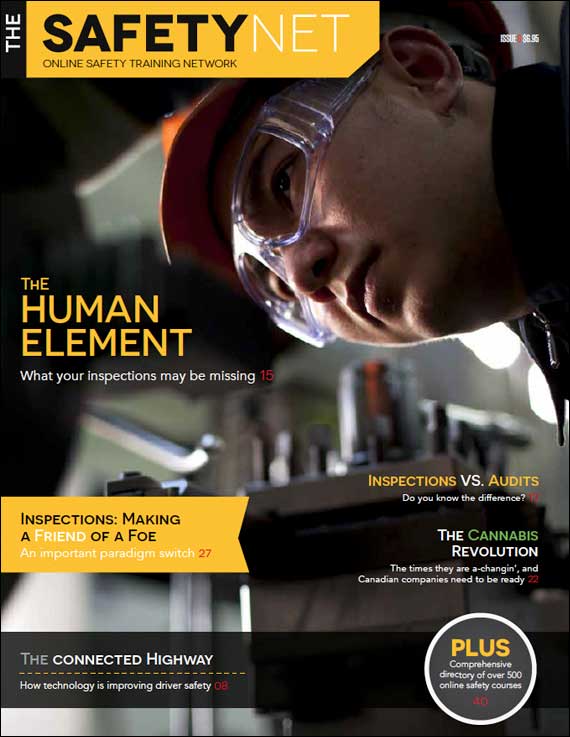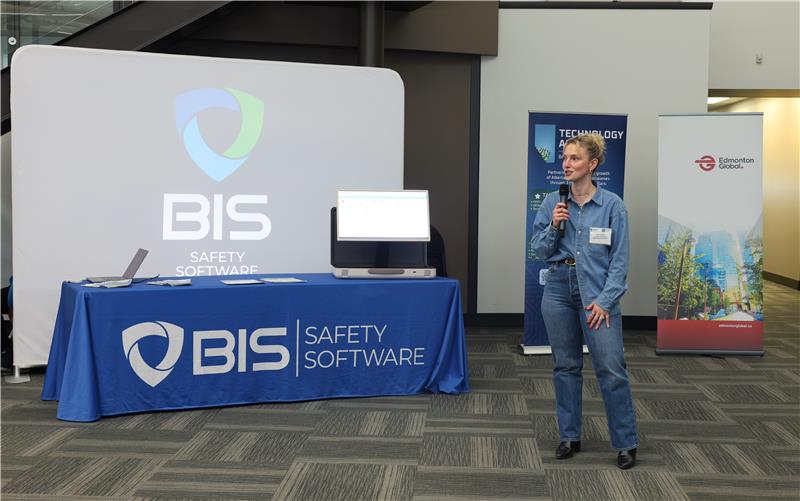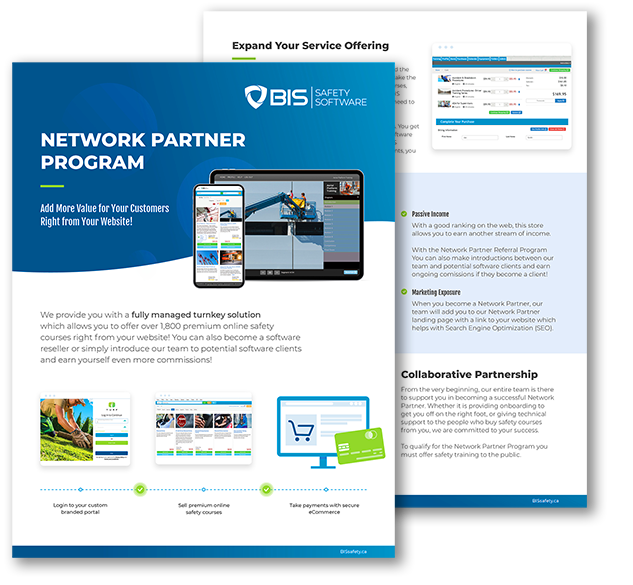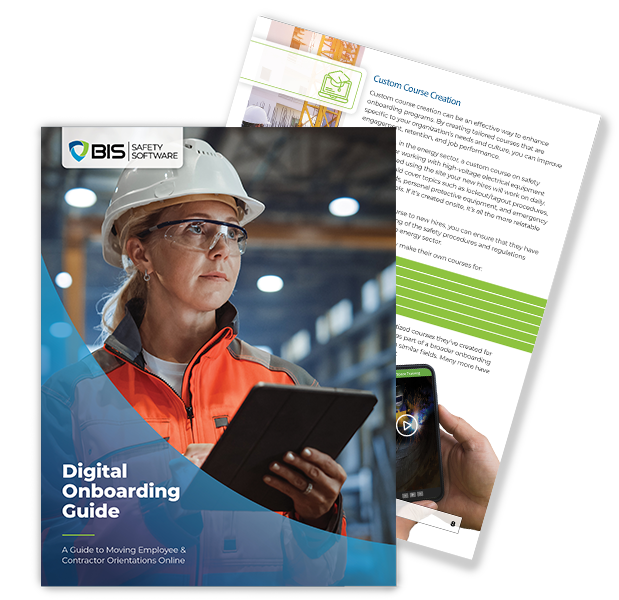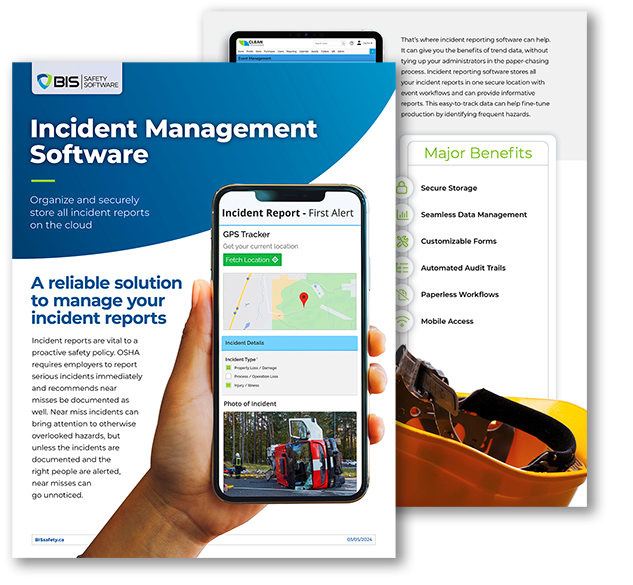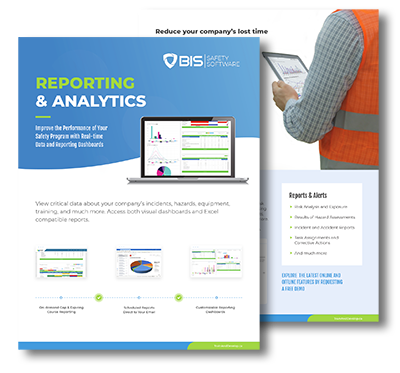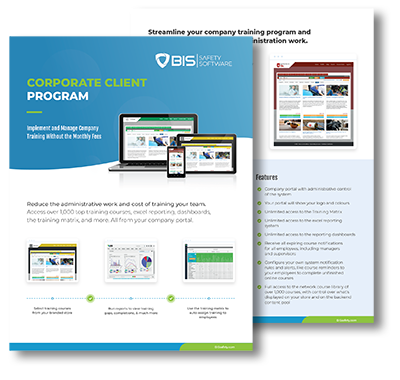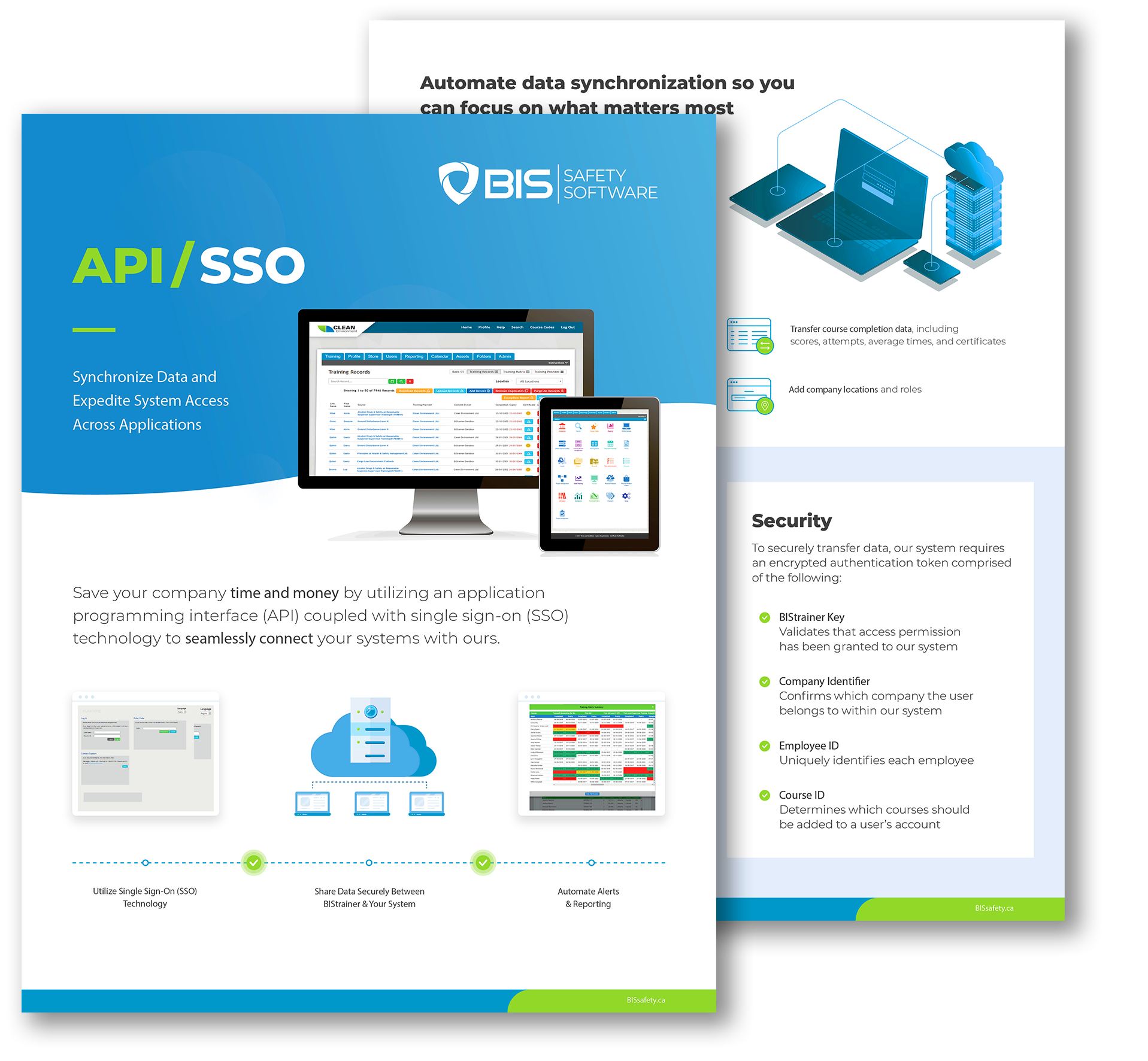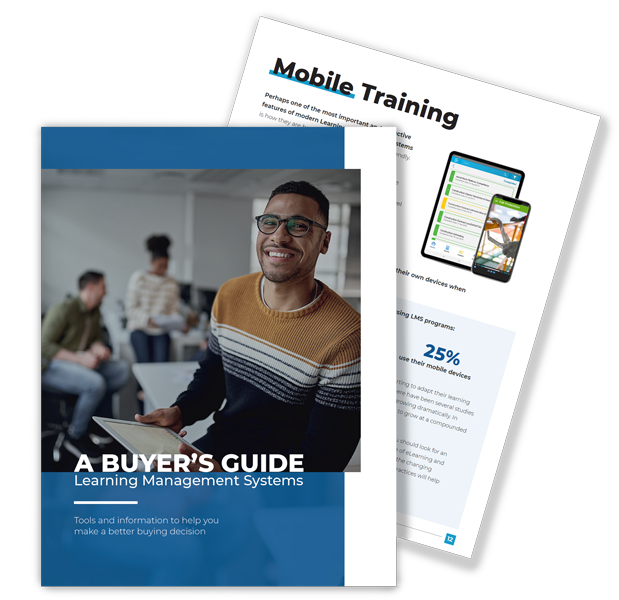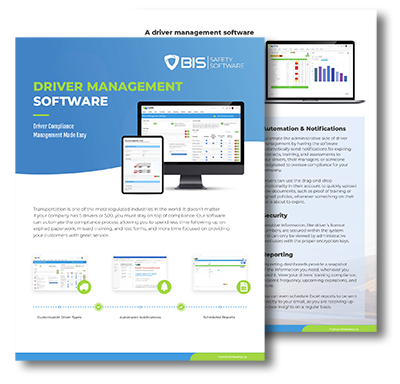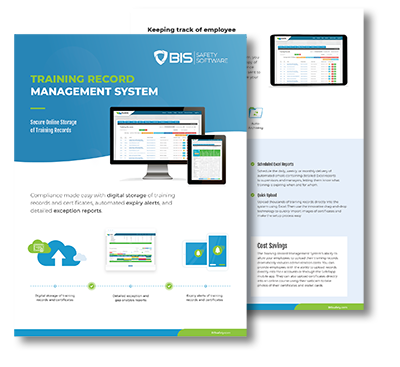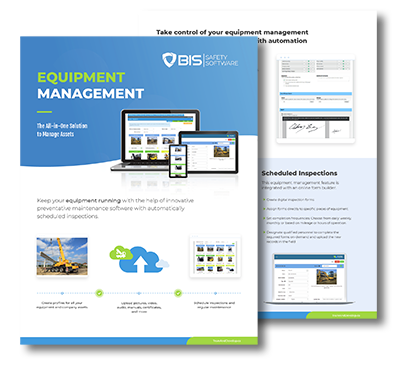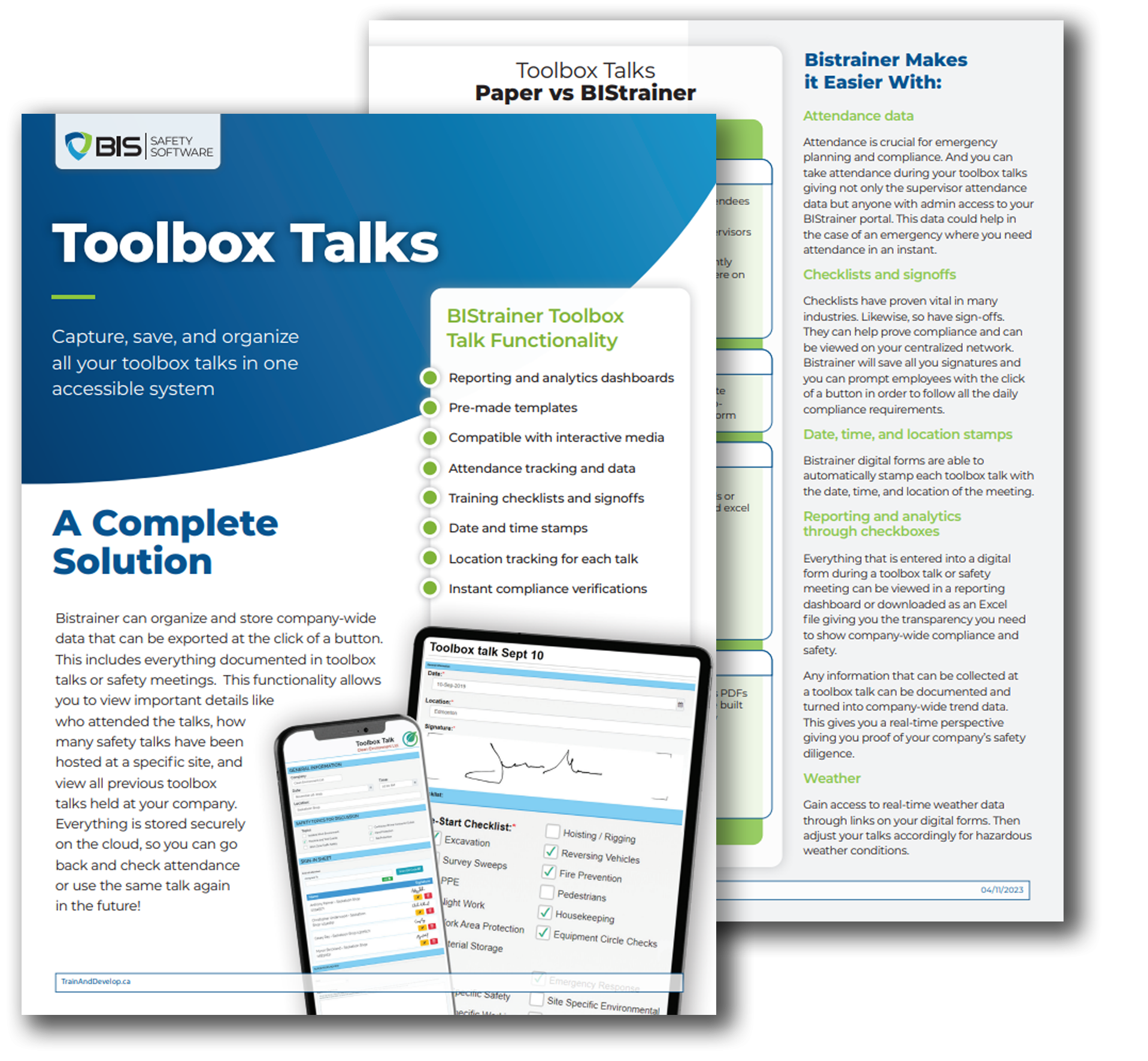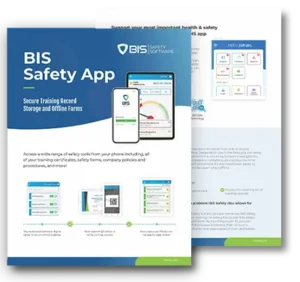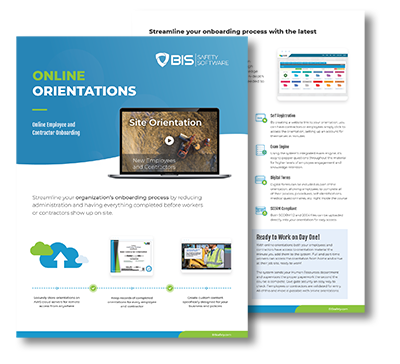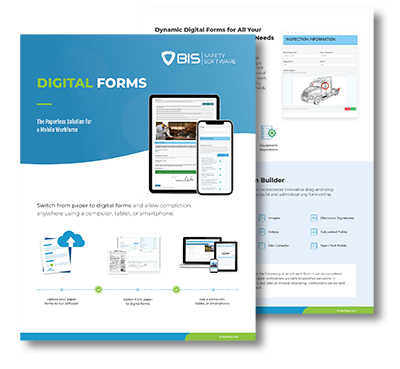That was Sarah Anderson’s original plan. Then everything changed.
Why Hands-On Experience Builds Stronger Safety Leaders
A life-changing disaster set her path in motion. After witnessing one of history’s deadliest industrial tragedies in India, Sarah Anderson realized she could create more impact from within the system than outside of it.
“I wanted to make a difference from the inside,” she recalls. Turning down her scholarship at the University of Illinois, she transferred to Purdue University to pursue a degree in industrial hygiene, a field she had only just discovered but instinctively knew was her calling.
That choice led her straight into the heart of high-risk industries. Over the years, Anderson has worked across sectors from refineries to manufacturing plants, challenging the way organizations think about hazard management. Today, as Global Director at Bristol Myers Squibb Pharmaceuticals, she continues to push companies toward smarter, more accountable safety cultures.
Breaking Barriers in a Tough Industry
Anderson’s early career began in an aluminum smelter, a workplace notorious for its intensity.
“I was young, new, and thrown into a union environment that showed no leniency,” she says. “You had to earn respect.”
At first, she wasn’t seen as an ally. “Workers assumed I was part of management, not there to support them,” she notes. That challenge became a powerful lesson: trust has to be earned, not expected.
Instead of leading from the office, she began leading from the field, walking job sites, asking questions, and learning from the workers’ realities. “You have to be visible,” she says. “When people see you wearing the same PPE, standing in the same weather, they begin to believe you actually understand them.”
A Defining Moment in Texas City
Everything Anderson believed about safety crystallized during one devastating day. She and her husband were driving to work when they saw a dark column of smoke spiraling into the sky.
“I turned to him and said, ‘That’s Texas City. There’s no way people didn’t die,”. Moments later, news confirmed the explosion at BP’s refinery.
The blast killed and injured workers, shaking the entire industry. Anderson later participated in investigations, audits, and reviews that followed. “That event changed how I viewed leadership accountability,” she says. “It forced new safety regulations, better controls, and tighter oversight. But it came at a terrible cost.”
According to Anderson, the most dangerous companies are those that believe accidents can’t happen to them. “When organizations stop auditing or ignore maintenance, it’s only a matter of time before something fails,” she warns. “Complacency is an invisible killer.”
Lessons from the Field: Building Trust Through Action
Anderson’s most memorable safety moment wasn’t in a meeting, it was on a rooftop. She spotted a worker balancing on a beam 14 feet above the ground with no fall protection in place.
“I didn’t shout,” she says. “I motioned for him to step down. Then we talked.”
In the breakroom, she explained the real risk. “I told him, ‘You’ve got a family waiting for you. You don’t need to gamble your life to finish a task faster.’” The conversation stuck, not because it was disciplinary, but because it was human.
“That day reinforced what I’d always believed, ignoring unsafe actions sends the message that they’re acceptable,” she says. “Accountability isn’t about punishment; it’s about prevention.”
“You don’t want to catch someone after they’ve already made a mistake. You want to set up a culture where they don’t make that mistake in the first place“
Sarah Anderson – Global Director
The Future of Safety: AI’s Expanding Role
Anderson sees technology, especially artificial intelligence, as a transformative force in safety. “We already have sensors that track toxic gases,” she says. “Imagine AI systems that can predict hazards before they happen, detecting unstable ground, visibility risks, or dangerous weather conditions.”
She also recognizes the balance needed between innovation and privacy. “Technology should empower workers, not make them feel watched,” she explains. To her, AI should highlight positive behavior rather than just catching mistakes. “We should use it to recognize and reward safe choices.”
On the training side, she believes AI can make learning truly adaptive. “Everyone learns differently,” she says. “AI can personalize safety training so time isn’t wasted, and weaknesses are directly addressed.”
The Real Challenge: Changing Perception
Anderson argues that today’s greatest safety obstacle isn’t technology or compliance, it’s mindset. “People perceive risk differently,” she explains. “Some are cautious by nature, while others take shortcuts because they’ve been lucky before.”
For her, leadership defines safety culture. “The people who control budgets and set policies decide what safety looks like in practice,” she says. “If they undervalue risk management, that attitude bleeds through the organization.”
Her strategy for influence is practical, always come prepared with solutions. “When I point out a problem, I always bring three ways to fix it – low cost, mid-range, and comprehensive. That way, the question isn’t ‘if’ we’ll address it, but ‘how.’”
Leading Through Influence
Major disasters shaped her career, but influence drives her mission. Anderson believes that real change stems from connection, not control. “Our job isn’t to dictate,” she says. “It’s to communicate risk in a way that inspires people to care, not comply out of fear.”
For her, that’s what separates a checklist culture from a true safety culture. “We may not own the company or control the budget, but we control how safety is communicated,” she says. “That’s where real leadership begins.”
Work smart. Stay vigilant. Speak up because real safety starts with people.
Work smart. Stay strong. Speak up.
Related Articles
- All Posts
- #EmergencyPreparedness
- 2025 safety trends
- 360 Immersive
- 360immersive
- 6S Safety
- accident prevention
- accidental careers
- accountability
- adjustable workstations
- adult education
- AFAD
- AI automation
- AI implementation
- AI in business
- AI in operations
- AI in Safety
- AI podcast
- AI strategy
- AI transformation
- Alberta safety
- Alberta safety courses
- Allan James Moore
- Anhydrous Ammonia
- artificial intelligence
- asking for help
- audit findings
- audit readiness
- Audit Reporting
- automation in safety
- automation strategy
- avoidable injuries
- awareness
- Aztec Safety
- back strain
- BambooHR integration
- Bear safety
- behavior-based safety
- Behavioral Safety
- behavioural safety
- biometric sensors
- BIS Podcast
- BIS Safety Podcasts
- BIS Safety Software
- BIS Safety Spotlight
- black holes
- Blame Culture
- Blue Angels
- BP Texas City Explosion
- Brave Leadership
- Brett Burkard
- bump test
- burnout
- business automation
- calibration
- call before you dig
- Canadian OHS
- Canadian safety
- Canadian safety history
- Canadian safety standards
- Canadian wilderness safety
- carbon monoxide
- Cargo Securement
- Carolynne Heron
- CCOHS
- chemical
- Chemical Safety
- chemical vapors
- chronic injuries
- chronic pain
- cloud-based safety tools
- Coming Soon
- Commercial Vehicle Safety
- Communication Systems
- community safety programs
- Competency in Safety
- complacency in safety
- Compliance
- compliance courses
- Compliance In Canada
- compliance issues
- Compliance management
- Compliance Reporting
- compliance software
- compliance tools
- compliance tracking
- compliance training
- compliance vs protection
- confined space
- Construction advocacy
- Construction education
- Construction industry
- construction safety
- construction safety training
- construction technology
- continuous improvement
- continuous safety improvement
- corporate culture
- corporate training
- corrective actions
- CPR and AED
- crane
- CSA standards
- Customer Spotlight
- Customer Spotlight Kevin Swinden Global Hazmat Safety Culture Hazmat Management Dangerous Goods Competency in Safety Workplace Risk Mitigation BIS Training Clients Canadian EHS
- customized training
- daily trip inspection
- Damage Prevention
- Dangerous Goods
- dangerous goods classification
- Danny Sellers
- data-driven safety
- debriefing
- Decision Analysis
- Decision quality
- defect management
- defect tracking
- defensive driving
- DEI in onboarding
- digital badges
- digital compliance
- digital FLHA
- digital forms
- Digital Hazard Reporting
- Digital Onboarding
- digital safety
- Digital Safety Audits
- digital safety meetings
- Digital safety systems
- digital safety tools
- digital safety transformation
- digital site access
- Digital Training Tools
- digital transformation
- DMS features
- document control
- document management system
- Dr. Joanna Pagonis
- Dr. Tom Krause
- driver file management
- driver training
- driving instructor program
- DTRMS
- e-learning
- e-learning tools
- eadership in safety
- early intervention
- education technology
- EHS
- EHS Adoption
- EHS Compliance
- EHS digital solutions
- EHS Inspections
- EHS Onboarding
- EHS software
- EHS systems
- EHS technology
- EHS tools
- Einstein
- electrical safety
- elite performance
- Emergency Action Plan
- emergency preparedness
- emergency procedures
- emergency response
- emergency supplies
- emotional training
- employee behavior
- employee engagement
- employee health
- Employee onboarding
- employee preparedness
- Employee Readiness
- employee safety
- employee training
- employee trust
- Employer Responsibilities
- Energy Isolation
- engaging toolbox meetings
- equipment inspections
- ergonomic consulting
- ergonomic design
- ergonomic risks
- ergonomics
- Evacuation Procedures
- evidence collection
- EWI Works
- excavator safety essentials
- exoskeleton
- exoskeletons
- failure analysis
- fall prevention
- fall protection
- fast onboarding
- field experience
- field level hazard assessments
- field operations
- field safety
- field safety assessments
- field safety communication
- field safety leadership
- field safety services
- Field Safety Technology
- field safety tools
- Field-Friendly Software
- Fire Drills
- fire prevention
- Fire Safety Training
- first aid
- first aid kit
- first week on the job
- first workplace injury
- flaggers
- Fleet Compliance
- fleet management
- fleet safety
- FLHA engagement
- FLHA Integration
- FLHA software
- floor mats
- FMEA
- freight
- Frontline Engagement
- frontline safety
- fuel handling
- future of work
- gas detection
- gas monitors
- Gas Safety
- Global Hazmat
- global onboarding
- Good Samaritan laws
- gravitational waves
- gut feeling in safety
- hand injuries
- handling hazardous materials
- hands-on training
- hazard analysis
- hazard assessment compliance
- hazard assessment software
- Hazard Awareness
- hazard communication
- Hazard Identification
- hazard prevention
- hazard recognition
- hazard reporting
- hazard reporting technology
- hazard tracking
- Hazardous Energy Control
- Hazardous Materials
- Hazmat Management
- Health & Safety Podcast
- health and safety
- hearing loss prevention
- hearing protection
- heavy equipment operation
- heavy equipment safety
- hidden workplace hazards
- high voltage systems
- High‑performance teams
- HR automation
- HR software
- HR technology
- human factors
- human factors in safety
- human in the loop
- Human Performance
- human vs machine
- human-centered design
- human-centered safety
- Humble leadership
- humor in safety
- hydrogen sulfide
- ICBC certification
- ice melt
- identification
- immersive learning
- Imposter Syndrome
- incident data
- incident investigation
- incident management
- incident prevention
- incident reporting
- inclusive leadership
- industrial AI
- Industrial Hygiene
- industrial safety
- Industrial Training
- influence vs control
- Infrastructure Risk
- injury consequences
- injury prevention
- injury prevention tips
- injury recovery
- injury reporting
- injury response
- injury response plan
- inspections
- instant hazard logging
- instructor development
- internal audits
- international workforce
- interpreting safety data
- invisible dangers
- ISO standards
- Jeff Mulligan
- Jennifer Lastra
- job site accountability
- job site hazards
- job site risks
- job site safety
- jobsite readiness
- Jody Young
- KBR Safety Training
- Kevin Swinden
- labor movement
- ladder safety
- Leadership
- leadership accountability
- leadership and empathy
- Leadership by example
- Leadership in Safety
- Leadership Management
- leadership messaging
- Leadership trust
- Lean Manufacturing
- Lean Workplace
- learning from incidents
- learning management
- lifting techniques
- lighting
- LIGO
- Linda Miller
- LMS
- LMS features
- LMS software
- Load Securement
- Lock Out Tag Out
- lockout tagout
- Lone Worker Safety
- lone workers
- LOTO
- LOTO Training
- machine learning
- Machine Safety
- Maintenance Safety
- mental health at work
- MI Safety
- microlearning
- Mike Schwartz
- minor injuries
- mobile FLHA solution
- mobile onboarding
- Mobile Safety Apps
- Mobile Safety Platforms
- mobile safety reporting
- Mobile Safety Tools
- mobile safety tools safety compliance solutions
- MOU Standards
- mould hazards
- mould prevention
- movement in workplace
- multilingual training
- MyZone AI
- Near Miss Reporting
- new hire experience
- New Hire Safety
- New Worker Training
- new workers
- no-blame investigations
- noise exposure
- nonconformance
- Northern BC
- NRCA
- NSC Standard 13
- occupational fatigue
- occupational hazards
- occupational health
- Occupational Health and Safety
- occupational health risks
- occupational safety
- occupational therapy
- OH&S
- OHS
- OHSA
- oil and gas safety
- omni-training
- onboarding Canada
- onboarding safety
- Onboarding Software
- online learning
- online orientation software
- Online safety training
- operational efficiency
- Operational Excellence
- Operational risk
- organizational culture
- organizational safety
- OSHA compliance
- OSHA standards
- outdated practices
- Outdoor work hazards
- overconfidence
- overhead crane courses
- pain awareness
- paperless safety reporting
- paperless safety talks
- personal protective equipment
- Pharmaceutical Safety
- physics careers
- pipeline safety
- playbook software
- podcast
- post-accident review
- post-incident protocol
- PPE
- PPE enforcement
- PPE improvement
- pre-trip inspection
- predictive analytics
- pretrip inspection
- preventing shortcuts
- preventive action
- proactive risk management
- proactive safety
- proactive safety culture
- proactive safety measures.
- Proactive Safety Systems
- process improvement
- Professional development
- propane safety
- propane storage
- protective clothing
- psychological hazards
- psychological safety
- quality control
- quality management
- quality standard
- Real Safety Leadership
- real-time hazard reporting
- Real-Time Reporting
- real-time safety
- real-time safety tools
- real-time site data
- recordkeeping
- reduce training costs
- regulatory updates
- repetition in safety
- repetitive motion injuries
- respirator safety
- respirators
- risk assessment
- risk management
- risk mitigation
- risk prevention
- Risk Prevention Tools
- risk reduction
- road safety
- Robin Postnikoff
- ROI with AI
- root cause analysis
- root cause correction
- routine task risks
- safe excavation
- safe habits
- safe transport
- safe work habits
- safe work practices
- safety
- safety accountability
- safety advice
- safety article
- Safety Audit Software
- safety automation
- safety awareness
- safety best practices
- safety communication
- safety compliance
- Safety Conversations
- safety culture
- safety data
- safety data sheets
- safety documentation
- safety engagement
- safety follow-up
- safety gear
- safety gloves
- safety goggles
- safety habits
- safety improvement
- safety incentives
- safety innovation
- safety insights
- safety inspection
- safety instinct
- Safety Leaders
- safety leadership
- Safety Leadership Podcast
- safety legislation
- safety lessons
- safety management
- safety management system
- safety management systems
- safety metrics
- safety mindset
- safety motivation.
- safety myths
- safety onboarding
- safety planning
- safety podcast
- safety procedure updates
- Safety Procedures
- safety process improvement
- safety professionals
- safety reporting
- safety review process
- safety shortcuts
- safety software
- Safety Spotlight
- Safety strategy
- safety systems
- safety technology
- safety theater
- safety tips
- safety tools
- safety training
- safety transformation
- safety transparency
- Sarah Anderson
- scaffold safety
- scaffolding inspections
- scalable training solutions
- Scott Lyall
- shipping documentation
- silent dangers
- silica dust
- Sinogap Solutions
- slips trips falls
- slow-building hazards
- smart helmets
- smart PPE
- smart safety systems
- smart safety tools
- SOPs
- space science
- Spencer McDonald
- Standardized Work
- stop work authority
- storytelling and safety
- storytelling in safety
- supervisor training
- system safety
- Systems Thinking in Safety
- tablet-based toolbox talks
- TCP safety
- TDG
- team communication
- team performance
- teamwork
- tech and ergonomics
- tech in safety
- tech-enabled learning
- Thinking Driver
- Titan Environmental
- Tom Krause
- toolbox talks tablets
- Total Recordable Injury Formula
- tough guy mentality
- toxic air
- traction control
- traffic control
- traffic control plan
- training
- training courses
- Training integration
- training management
- training matrix
- training record management
- training records
- training software
- transportation
- transportation of dangerous goods
- Transportation Regulations
- Transportation Safety
- Trucking Regulations
- trust
- Trust and Accountability
- trust at work
- Underground infrastructure
- underground utilities
- unseen workplace threats
- Upward communication
- user experience
- utility line marking
- utility locating
- Utility safety
- Utility Safety Partners
- values-based onboarding
- vehicle safety
- version control
- veteran advice
- Virtual Reality
- VR safety training
- VR Technology
- walkway maintenance
- wearable technology
- Weights and Dimensions
- WHMIS
- Wildlife awareness
- winter safety
- witness statements
- women in leadership
- work zone safety
- work-alone training
- work-related injuries
- worker accountability
- worker advocacy
- worker fatigue
- worker protection
- worker safety
- worker safety habits
- worker safety tips
- worker trust
- worker wellbeing
- workers' rights
- Workforce Automation
- workforce compliance
- Workforce development
- workforce engagement
- workforce management
- Workforce Readiness
- workforce training
- Working Alone Canada
- workplace accidents
- workplace air quality
- workplace best practices
- workplace certification
- workplace compliance
- Workplace Culture
- workplace hazard prevention
- Workplace Hazard Tracking
- workplace hazards
- workplace health
- workplace incident response
- workplace injuries
- workplace injury prevention
- workplace inspections
- workplace leadership
- workplace mindset
- Workplace Organization
- workplace readiness
- workplace risk factors
- workplace risk management
- Workplace Risk Mitigation
- Workplace safety
- Workplace Safety Compliance
- workplace safety culture
- Workplace Safety Leadership
- workplace safety rules
- workplace safety tech
- workplace safety tips
- Workplace Safety Tools
- workplace safety training
- workplace stress
- workplace tiredness
- workplace wellness
- WSPS
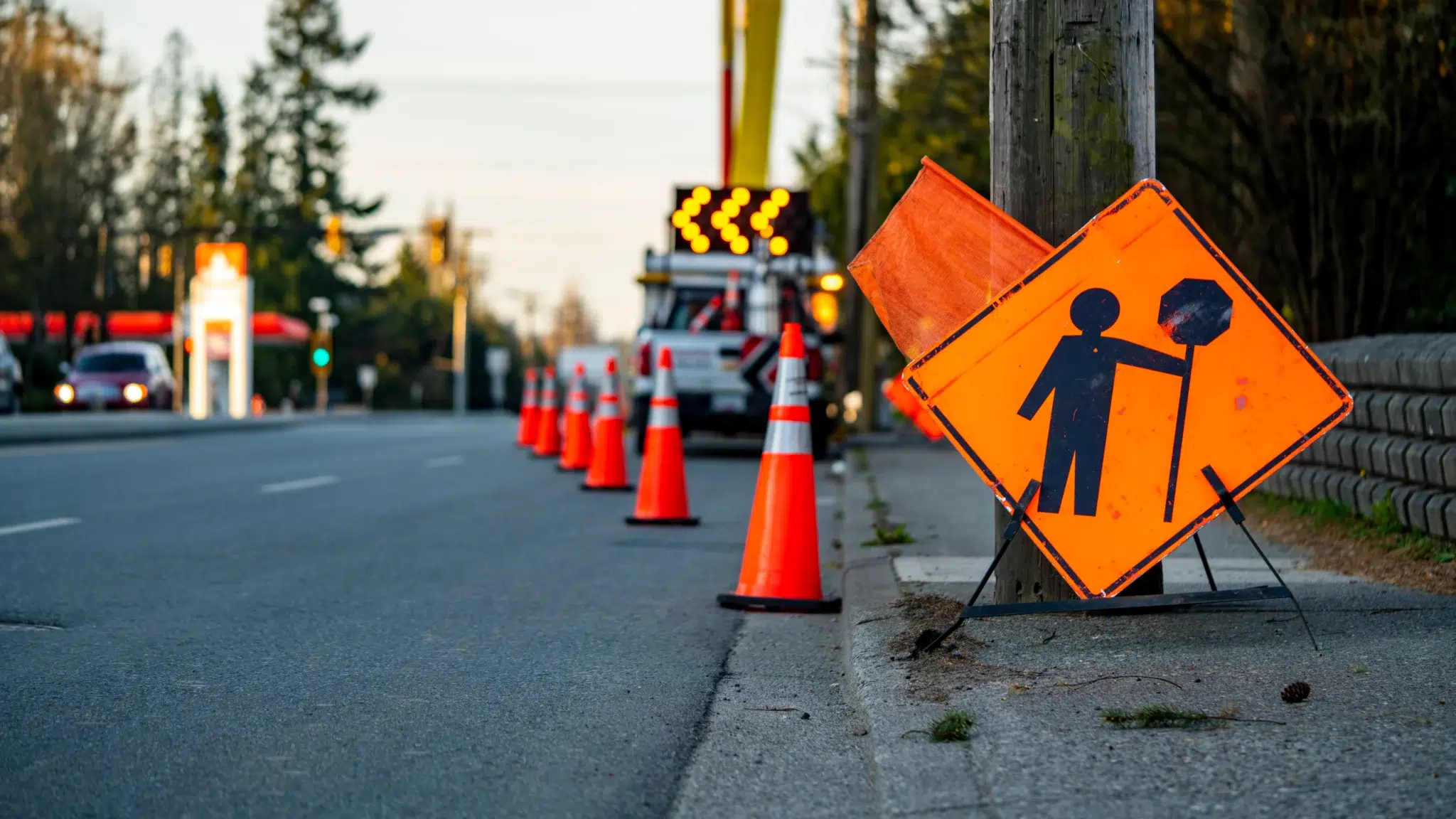
Traffic control is the critical link between moving traffic and active work zones. From trained TCPs and clear communication to...
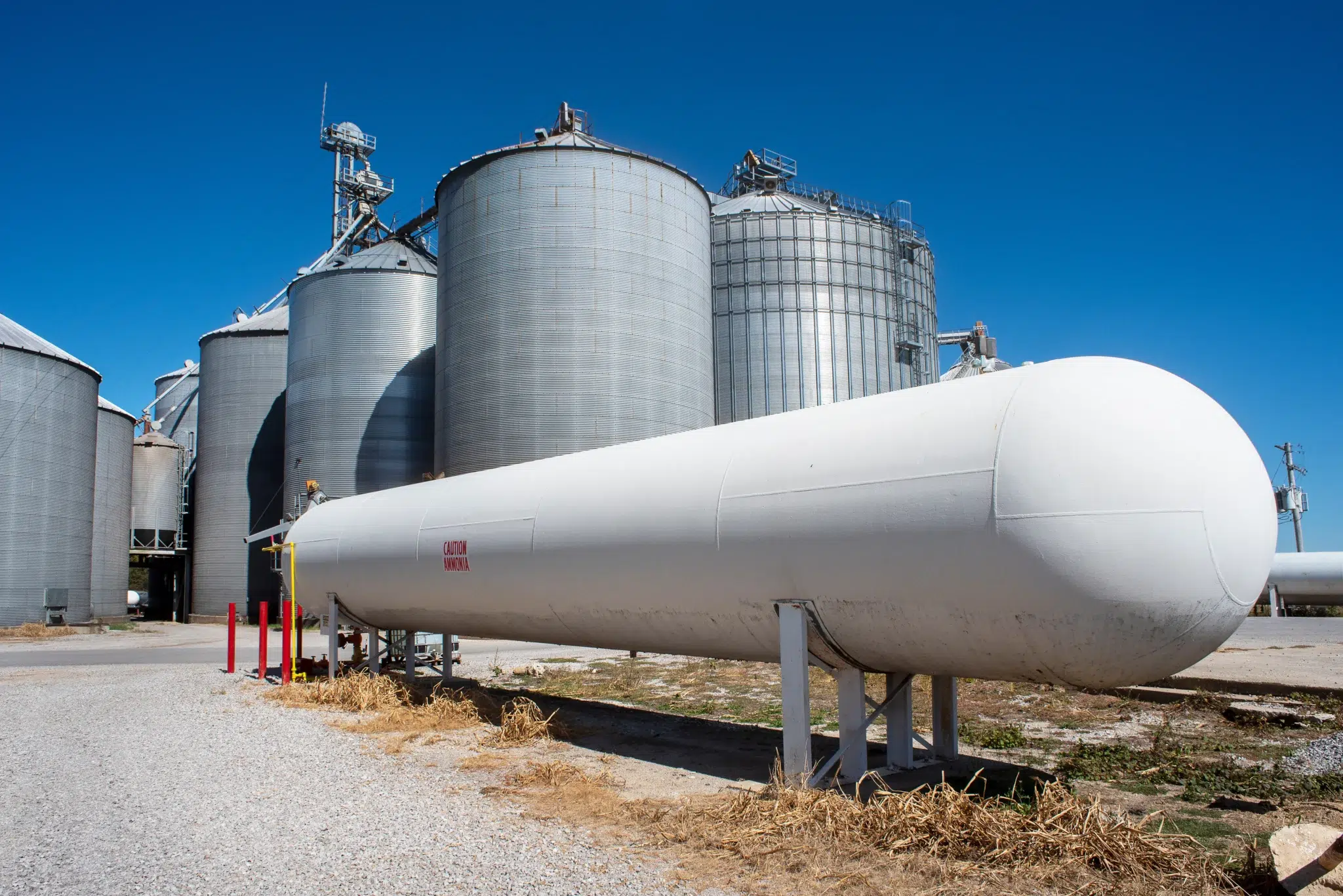
From storage conditions to emergency response, safe work practices around anhydrous ammonia protect workers from invisible but powerful hazards. Learn...
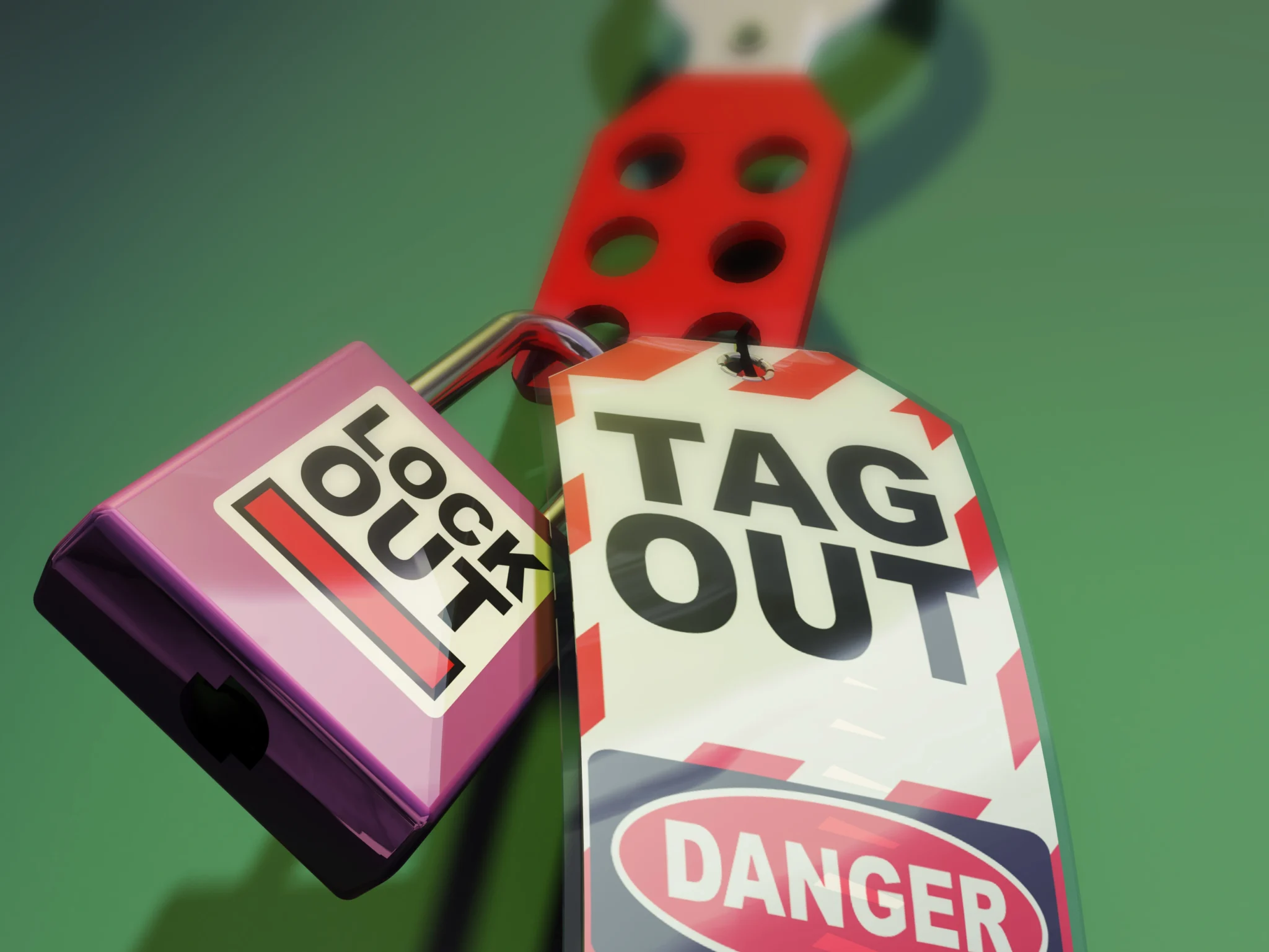
Uncontrolled energy can turn any job site into a danger zone. Learn how Lockout/Tagout (LOTO) procedures safeguard workers, reduce incidents,...



